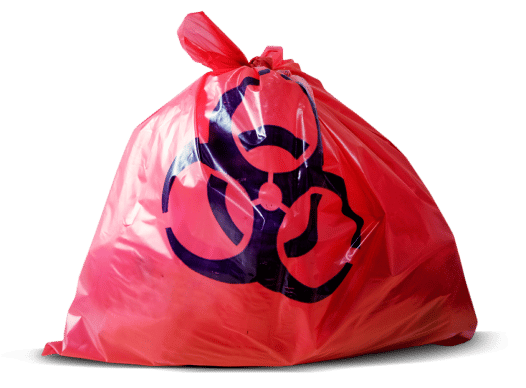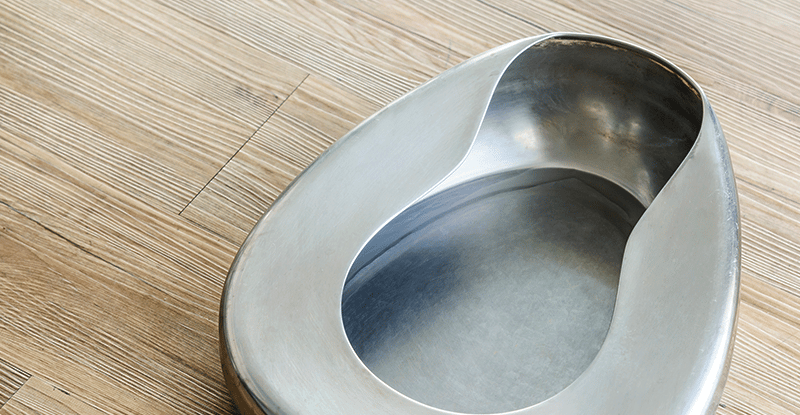
INFECTION CONTROL
CURRENT SITUATION OF HEALTHCARE WASTE
El manejo tradicional de Residuos Peligrosos Biológico-Infecciosos (RPBI) requiere desinfección y esterilización de dispositivos para garantizar su seguridad y reutilización.
En hospitales, el lavado de recipientes como orinales, cómodos y palanganas se hace a mano hasta 80 % de las acciones, incrementando el riesgo de infecciones.
Consecuencias frecuentes en el manejo de residuos:
- Contaminación y contagio de infecciones en forma cruzada
- Infecciones en el personal de salud
- Sobreocupación hospitalaria
- Muertes asociadas a infecciones (IAAS)

INFECTION CONTROL
CURRENT SITUATION OF HEALTHCARE WASTE
INFECTION CONTROL
CURRENT SITUATION OF HEALTHCARE WASTE
El manejo tradicional de Residuos Peligrosos Biológico-Infecciosos (RPBI) requiere desinfección y esterilización de dispositivos para garantizar su seguridad y reutilización.
En hospitales, el lavado de recipientes como orinales, cómodos y palanganas se hace a mano hasta 80 % de las acciones, incrementando el riesgo de infecciones.
Consecuencias frecuentes en el manejo de residuos:
- Contaminación y contagio de infecciones en forma cruzada
- Infecciones en el personal de salud
- Sobreocupación hospitalaria
- Muertes asociadas a infecciones (IAAS)


WHAT ARE the HAIs?
The World Health Organization (WHO) defines Healthcare-Associated Infections (HAIs) as: infections that affect the patient during the tending to an illness in a hospital, which were not present at the time of admission, as well as the occupational infections of healthcare workers 1
A Healthcare-Associated Infection (HAI) is considered to be the one that manifests itself after 48 hours of patient admission.
HAIs prolong hospital stays, complicate health and increase the recovery time.

HAIs are the first cause of hospital mortality in the world, causing the death of up to 50 % of those who fall victim to them.

![]()
In Mexico, 16,603 HAIs were reported in 2018 and in 2019 the reports rose to 23,105.
High rates of nosocomial infections generate costs up to 17 times higher than a normal day of hospitalization, with a risk 7 times bigger of morbidity and mortality 3
![]()
The risk of a patient getting a HAI is:
1 out of 20, in developed countries, the European Union and the United States, and 1 out of 4 for patients in developing countries. 4
![]()
Nowadays, more than 1.4 million people in the world are suffering from a healthcare- associated infection. Between 5 and 10 % of patients admitted to modern hospitals fall ill with one or more infections.
![]()
During the COVID-19 pandemic, nursing was the most active and vulnerable group, representing more than 40 % of the infections in the health sector, due to poor disposal of excretions and body fluids from patients.5
![]()
DISADVANTAGES OF REUSING

DISADVANTAGES OF THE REUSABLE METHOD:
Environmental impact and a high water consumption.
Risk of cross-infection for patients.
Antibiotic resistance and nosocomial infections for the staff.
Increased costs in patient management.
Nursing time and necessary washing of the equipment.
Constant inspections, time and discomfort for staff.
